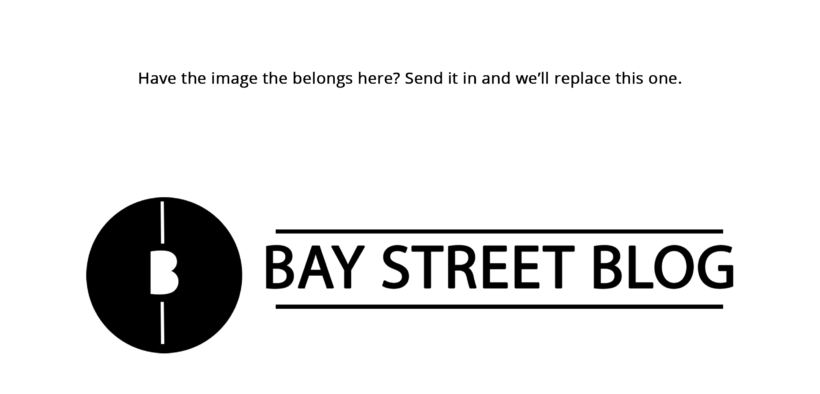Stocks and Bonds Explained
Share

Usually people understand the basic concept of bonds and stocks, however do not realize all the features that both of them have. Both have great features that in turn could be very beneficial to the investor.
Bonds
Debt for issuing corporations or governments
Characteristics:
- Legal(pay back what you borrowed with interest), binding agreement
- Fixed rate of interest(paid semi-annually)—A commitment to a certain interest %, most bonds pay in 2 installments
- Fixed terms- principal repaid at maturity
- Priority over stockholders
Types
- Secured(bond issued by borrower who pledge assets as collateral in the event of a non-payment) vs Unsecured(credit cards)—trust borrower to repay
- Registered(borrower know bond owner) vs Bearer(anonymous bond holder)
Features
- Callable: paid of by company before maturity date. Unattractive to investors because it will have low overall income, as they will lose the interest that would have been paid over the last few months.
Why does a company do this? Less A/P, trust customers, interest rate dropping, flexibility to recall bonds and reissue new bonds.
- Serial: Bonds mature in a series(different dates), spread burden over a long period of time(not facing a large sum of principal at maturity date, rather issuer spread principal payment over several periods), less risky and more attractive to investors.
- Convertible: A bond that can be converted into an amount of the company’s equity (bond holder benefit, if there is an increase in stock value). Bonds don’t change value too much, however stock does. Benefit either way as bondholder can change to a stock or if return is not high enough stay with using the bond.
Stocks
Represents equity/capital for issuing company
Characteristics:
- Voting rights
- No fixed terms – you can sell at any point
- Variable return – Depends on how volatility of the stock
- Discretionary payments (dividends – might get this). If company makes a lot of profit, decides to give to other shareholders
- Risk – risk return trade off (High risk should give high return, while low risk should give low return)
Types + features
Order of getting paid: debt holders, Preferred stocks, common stocks
| Common Stocks | Preferred stock | |
| Voting Rights | Yes | No |
| Dividends | Not necessarily(depends on profitability of company) | Yes, fixed % |
| Bankruptcy | Paid after preferred | Paid after debt holders |
| Price Volatility | Most volatile | Less volatile(dividends)-sensitive to interest rates |
| Marketability | More shares, larger market | Less are sold(reason? So company does not have to give out too many dividends) |
| Other Features | Pre-emptive right- purchase more shares at set price | Redemption- company could buy back the stocks
Convertibility- change to common stock Cumulative- if board does not pay dividends, dividends are accumulated, paid in the next expected payment |
Conclusion
Overall, it could be said that bonds are the safest option. However, specifically convertible bonds should be considered, as it could become a stock if the holder chooses to change. For risky investor, the obvious answer would be common stocks. However, it is important to remember that a preferred stocks is also an option.
Writer: Syed Azam Afzal
Disclaimer: All investing can potentially be risky. Investing or borrowing can lead into financial losses. All content on Bay Street Blog are solely for educational purposes. All other information are obtained from credible and authoritative references. Bay Street Blog is not responsible for any financial losses from the information provided. When investing or borrowing, always consult with an industry professional.






Bay Street Blog Newsletter
Click here to subscribe for a financial savvy experience.
Please check your email to confirm subscription!